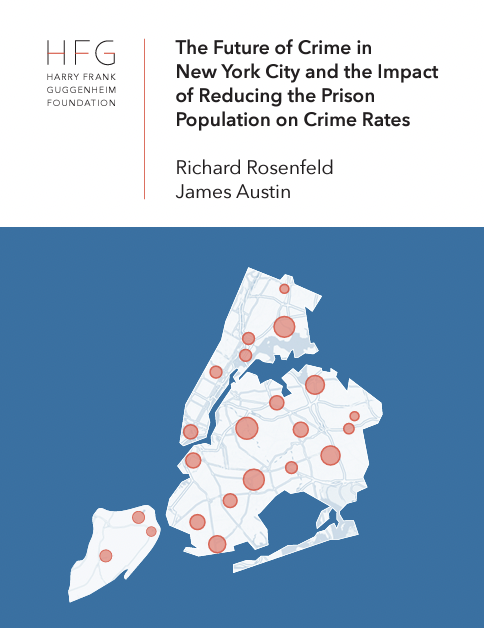By Richard Matzopoulos
Not much is known about the perpetrators of male homicide in South Africa, which has rates seven times the global average. For the country’s first ever male homicide study we describe the epidemiology of perpetrators, their relationship with victims and victim profiles of men killed by male versus female perpetrators. We conducted a retrospective descriptive study of routine data collected through forensic and police investigations, calculating victim and perpetrator homicide rates by age, sex, race, external cause, employment status and setting, stratified by victim-perpetrator relationships. For perpetrators, we reported suspected drug and alcohol use, prior convictions, gang-involvement and homicide by multiple perpetrators. Perpetrators were acquaintances in 63% of 5594 cases in which a main perpetrator was identified. Sharp objects followed by guns were the main external causes of death. The highest rates were recorded in urban informal areas among unemployed men across all victim-perpetrator relationship types. Recreational settings including bars featured prominently. Homicides clustered around festive periods and weekends, both of which are associated with heavy episodic drinking. Perpetrator alcohol use was reported in 41% of homicides by family members and 50% by acquaintances. Other drug use was less common (9% overall). Of 379 men killed by female perpetrators, 60% were killed by intimate partners. Perpetrator alcohol use was reported in approximately half of female-on-male murders. Female firearm use was exclusively against intimate partners. No men were killed by male intimate partners. Violence prevention, which in South Africa has mainly focused on women and children, needs to be integrated into an inclusive approach. Profiling victims and perpetrators of male homicide is an important and necessary first step to challenge prevailing masculine social constructs that men are neither vulnerable to, nor the victims of, trauma and to identify groups at risk of victimisation that could benefit from specific interventions and policies.
BMJ Global Health; Volume 9, Issue 4. 2024, 12pg



